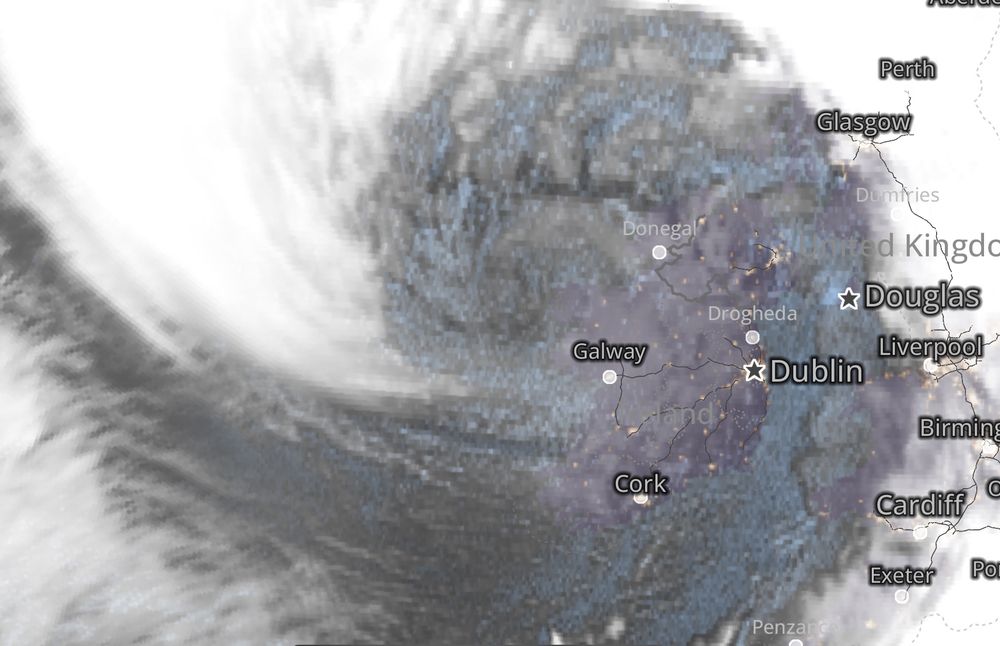Ambrogio Volonté
@ambroeusvolonte.bsky.social
180 followers
200 following
19 posts
Senior Research Fellow @ Uni of Reading Meteorology & NCAS | Sting jets💨 Cyclones (Arctic, Extratropical, Mediterranean....) 🌀 Alps🏔 Monsoons⛈️| Cycling,hiking & views all my own| Catholic, husband, dad, son
Posts
Media
Videos
Starter Packs
Reposted by Ambrogio Volonté













